Advanced Technology Gives Hope For Many Children & Adults With Walking Problems
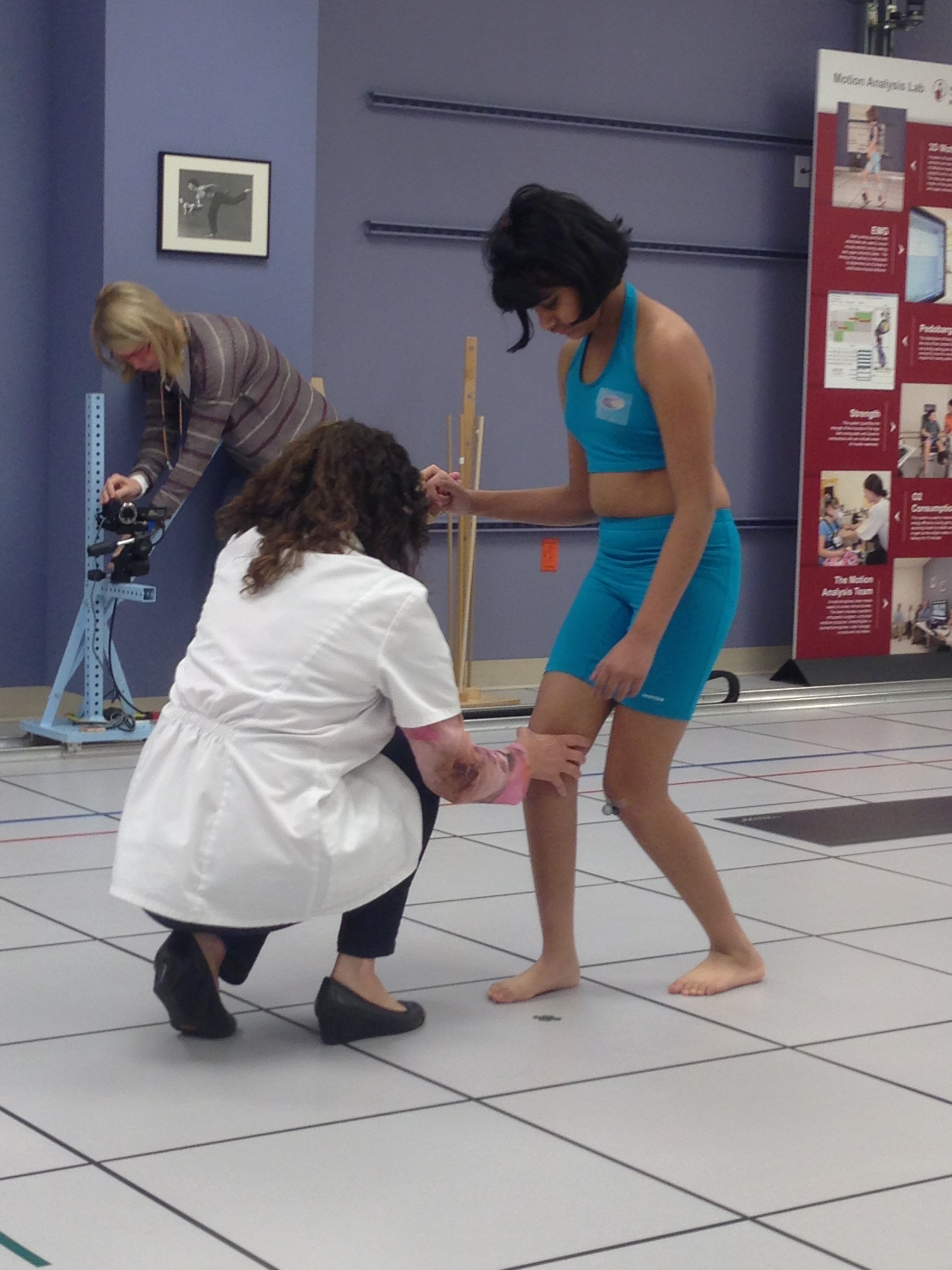
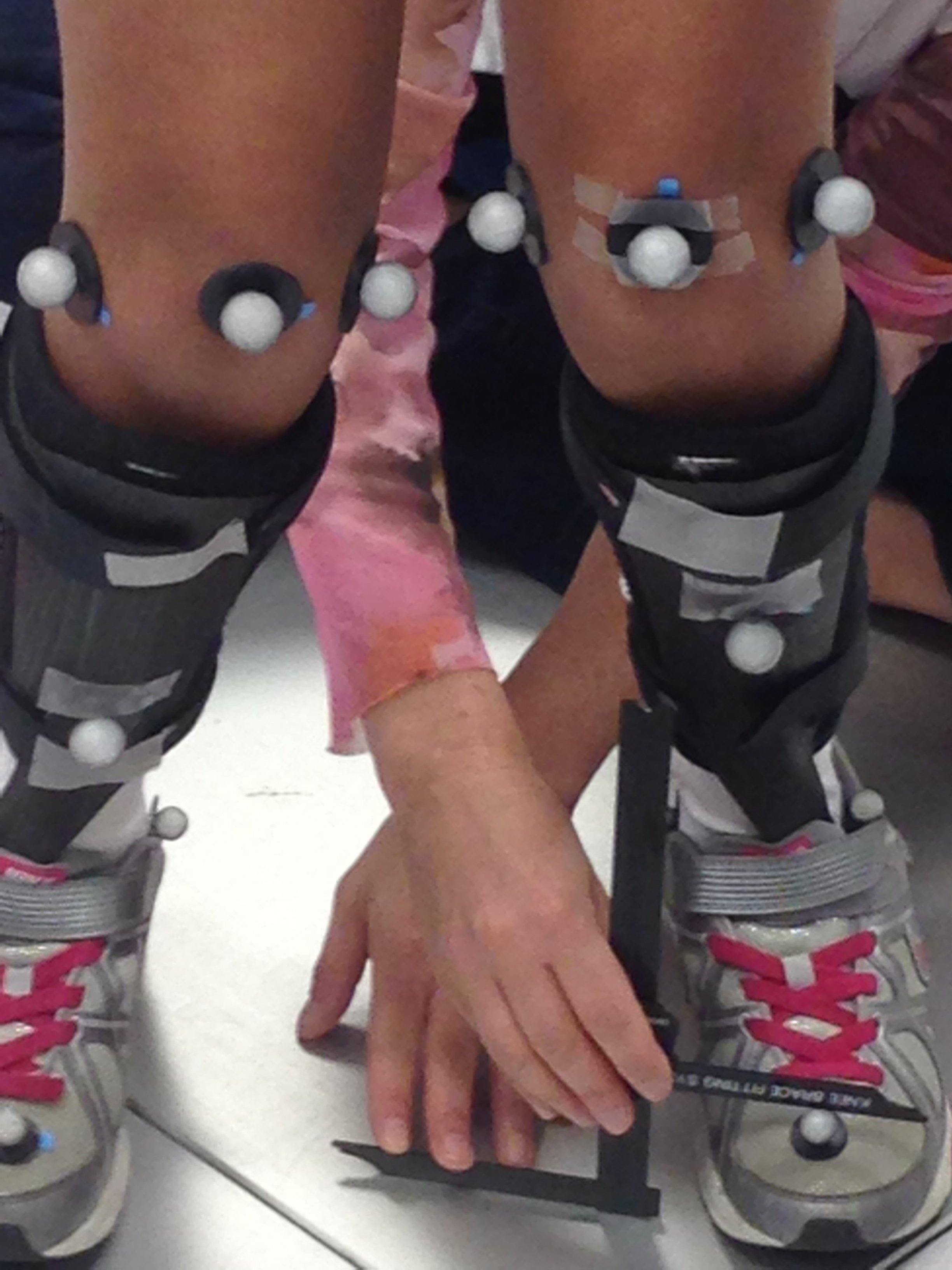
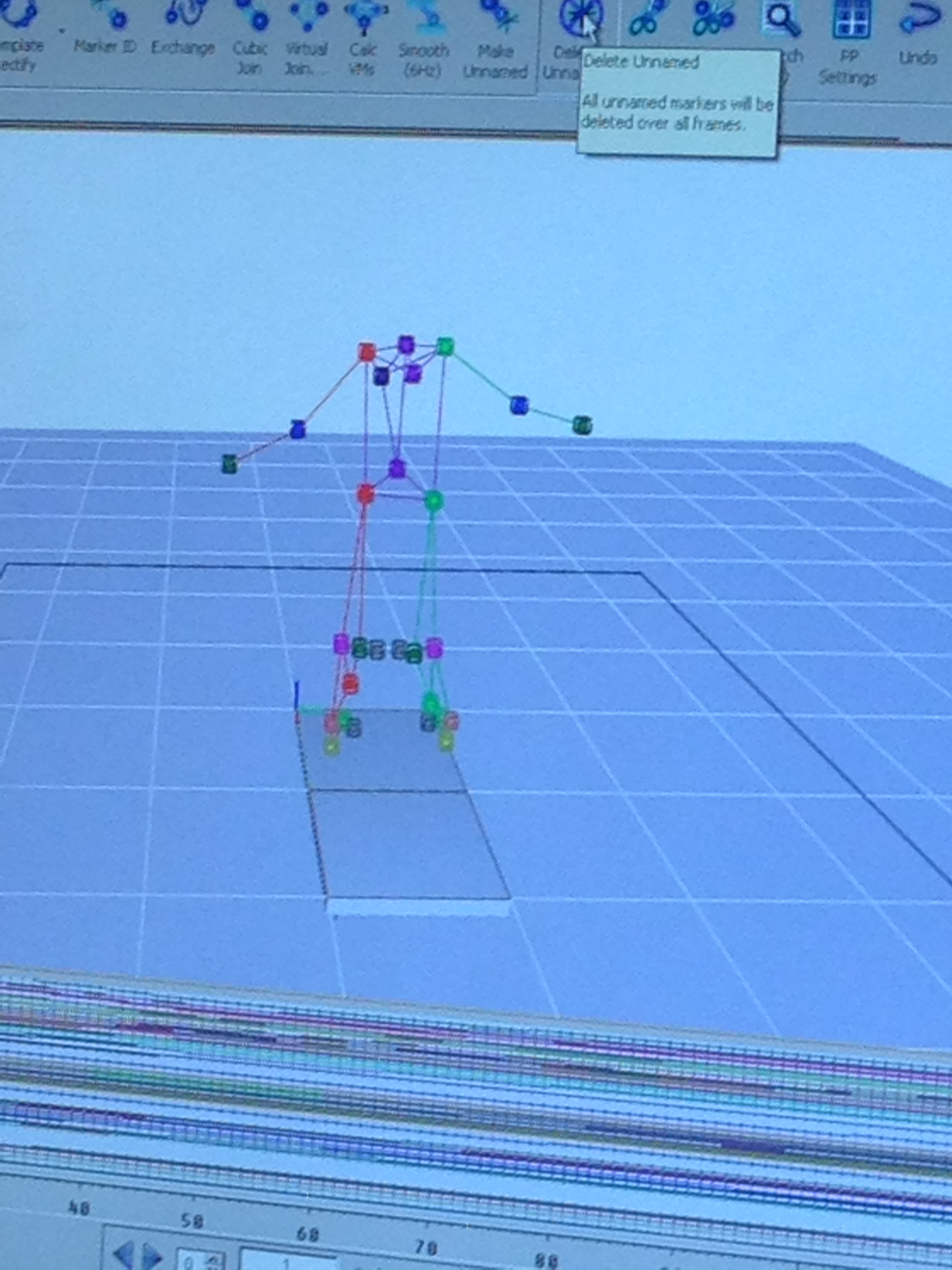
A Dad’s Hope For His Daughter To Walk Better From Gait Testing
Back in September of 2013, we heard from a family whose daughter has Cerebral Palsy explaining to us about the wonderful treatments and therapies available at Shriners Hospitals in Sacramento for children afflicted with various disabilities, regardless of a family’s ability to pay. (link to Sept. 2013 article)
We wanted to follow-up with the family to see how their daughter is progressing. Here is our interview with dad and gallery of pictures of their daughter undergoing gait testing.
SNIMC: What is gait analysis and why was it done?
Dad: Gait Analysis allows an orthopedic surgeon to analyze how a patient walks and sheds light on abnormal walking patterns in 3D. As her parents, we wanted to better understand what is causing her gait to be abnormal which results in frequent ‘falls’ and what treatment options are available to improve her walking and balance.
SNIMC: What is the goal of gait analysis?
Dad: The test itself has several components and all of them provide an overall picture of the different factors contributing to abnormal walking patterns. Physicians take that data to determine what surgical or other interventions are necessary to improve ‘gait and balance’.
SNIMC: What is revealed from this test?
Dad: Technicians look at joint motion and the forces that act across the joints while EMG provides feedback about how the muscles work during walking. In addition, they look at how much energy the person uses since people with movement disorders typically use more energy while walking than individuals without such disorders. Since this leads to fatigue quickly, the test allows better understanding of gait disorders.
SNIMC: What’s next?
Dad: Based upon the results of her gait testing and Dr. Davids’ recommendation (pediatric orthopedic surgeon at Shriner’s), we have decided for her to undergo a hamstring release surgery in July which will hopefully improve her gait and balance. As a parent, it is difficult to see your child struggle at any level, especially with basic tasks. We will continue to share her progress after surgery. We hope this advanced technology will help other families in similar circumstances.
For more information about gait testing, check out Stanford’s gait lab, http://www.stanfordchildrens.org/en/service/motion-gait-analysis-laboratory/gait.
Here are more pictures from gait testing at Shriners’ Gait Lab in Sacramento.

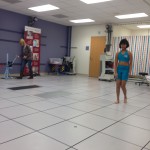
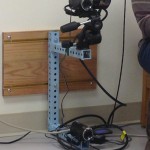
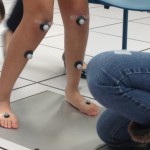
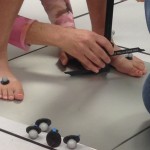
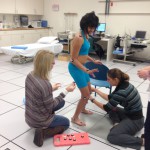
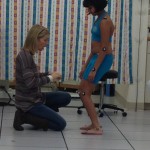
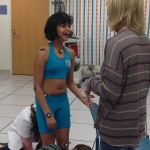
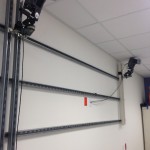
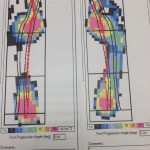
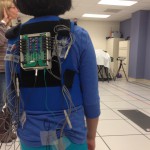
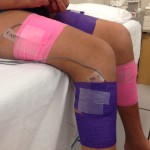
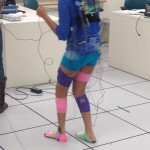
Truly amazing! I understand that there are only a handful of comprehensive gait centers in the U.S. so definitely fortunate to have one in Central Valley area.